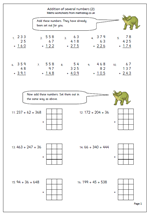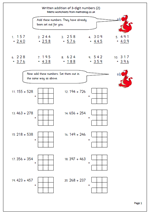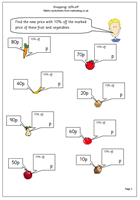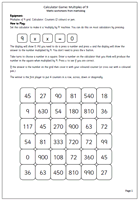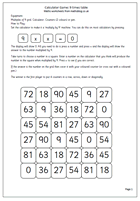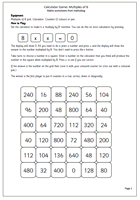Rarely, if ever, will you find a SATs addition question which has been laid out already in the traditional, or standard method. This Year 5 maths worksheet on written addition is the second in a series which shows children clearly how addition should be laid out and also gives them the opportunity to re-write questions from a horizontal lay out to a vertical layout. The hardest part of this is to ensure the numbers line up under each other, starting with the units on the far right. Squares can help with this in the early stages, but children should also get used to laying them out correctly without squared paper.
This pager can be found in our Year 5 Calculating section. Similar pages, with more detailed instructions, can also be found in our Four Rules section.
